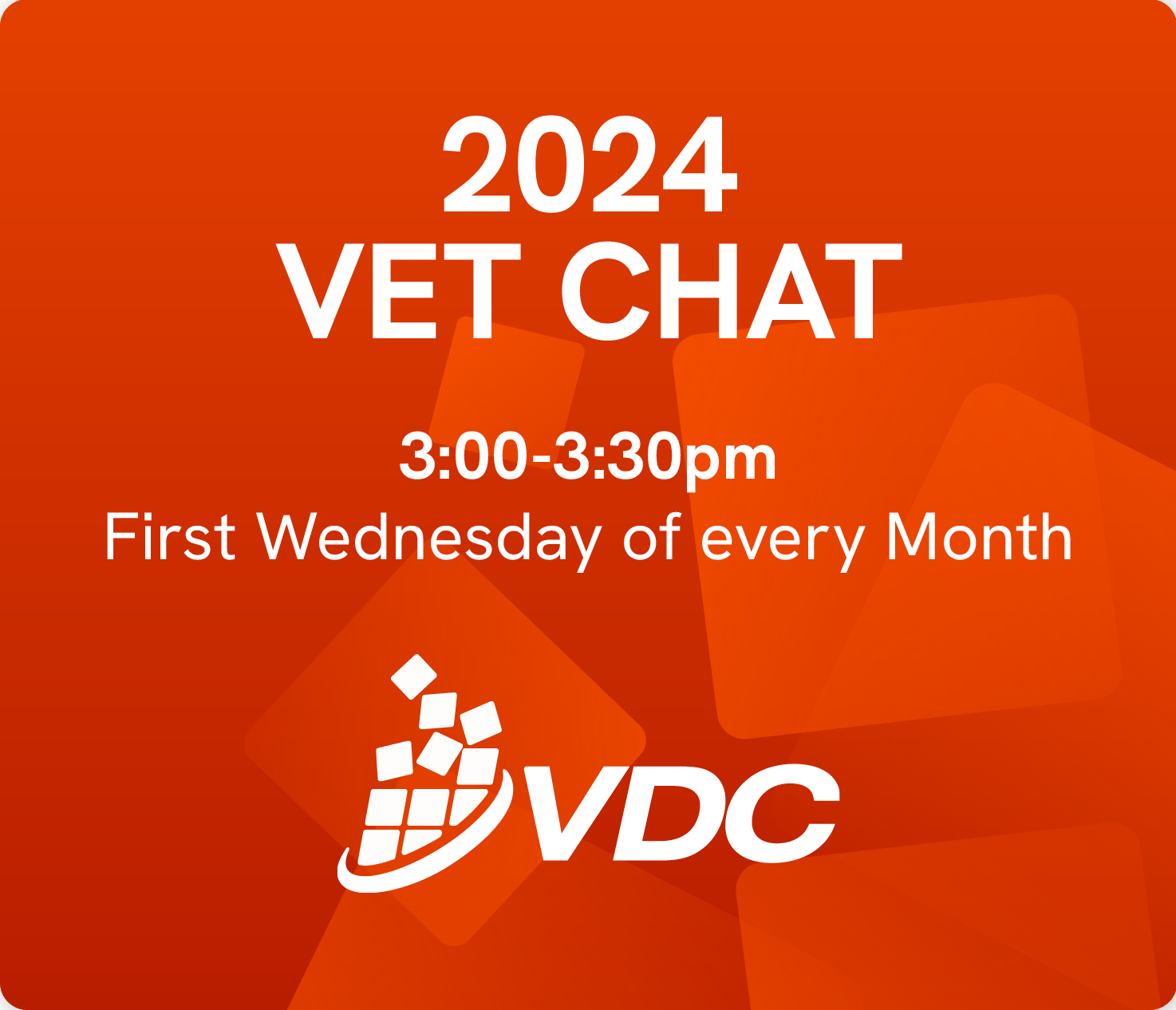VETiS lays a strong foundation for further study and work
The National Centre for Vocational Education Research (NCVER) has researched VET in Schools (VETiS) for more than 20 years. By revisiting data from studies conducted over that time, and linking them to 2011 Census data, the Centre has constructed an assessment of the impact and value of VETiS. This overview allowed the Centre to track the outcomes for 2006 VETiS students by looking at what they were doing in 2011.
Fundamentally, the news is good. VET in Schools students: characteristics and post-school employment and training experience (64 pages) shows, in very positive numbers, that young people benefit because VETiS opens up pathways to post-school education and training.
Positive influence on post-school qualification rates
The upbeat numbers include:
- In 2011 approximately 70% of the 2006 VETiS students who had undertaken a certificate III or certificate IV in VETiS programs had completed a post-school qualification or were currently engaged in further studies
- five years after participating in VETiS programs, of the total group of 2006 VETiS students:
- 78% were in a job, with 29% of these also studying
- 9% were studying only
- 13% were neither working nor studying.
In addition, the report notes that:
‘Around 10% of VETiS students went to university to attain a bachelor degree, thus demonstrating the dual functions of VETiS programs; that is, servicing the needs of the more academically able and interested and those of students who may be less so.’
High demand for VETiS among secondary students
Given those numbers, it’s unsurprising that VETiS proves a popular choice among secondary students. In 1996, there were 60,000 VETiS enrolments. By 2006 there were 170,000, and in 2016 the numbers had swelled to 243,000. Drilling down into these numbers yields some important differences within the VETiS student population. For example, the report records that:
‘The proportion of Indigenous students has doubled across the period, from 3.2% to 6.0%3; their participation rate by comparison with non-Indigenous students is also substantially greater. Participation rates are also substantially higher for students from government schools by comparison with non-government schools (and more so for independent schools).’
VETiS makes competency based training familiar
It’s worth remembering that under demand-driven higher education, introduced in 2012, the broad aim was to increase university enrolments among school leavers to around 40%. That leaves 60% of young people who will need to engage in post-school education and training – there are few, and diminishing, job opportunities for those without a tertiary qualification in Australia’s economy. VET serves that larger group, and VETiS is both an important introduction to competency-based learning and a proven pathway to skilled work.








